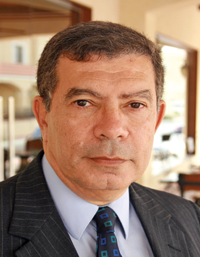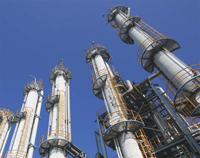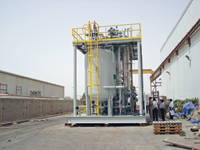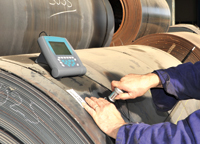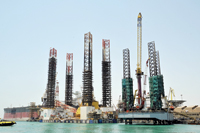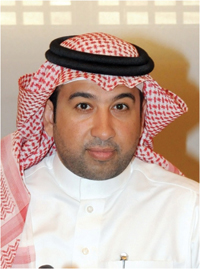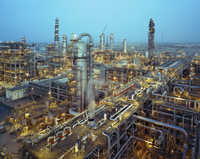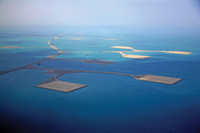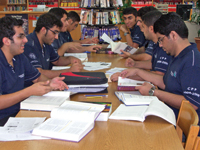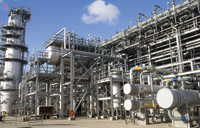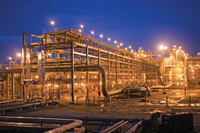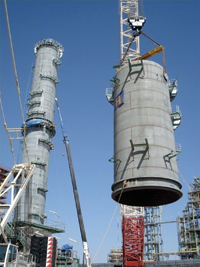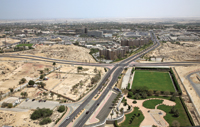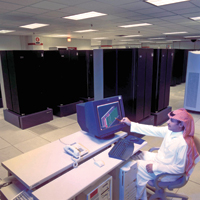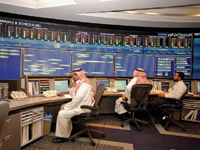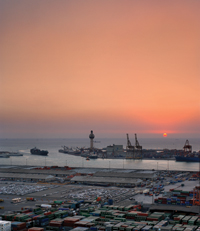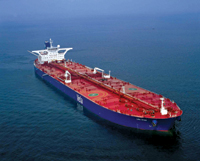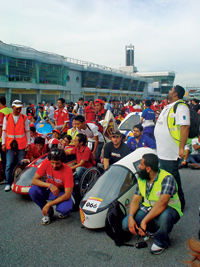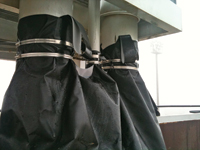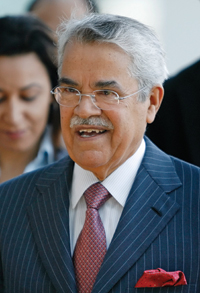
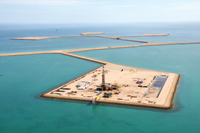 Manifa ... expected to be on stream in 2014
Manifa ... expected to be on stream in 2014
THE world’s biggest crude oil exporter Saudi Arabia has signalled its commitment to a policy of tapping into its spare production capacity to compensate for output disruptions and declining supply from other major oil producers.
In the foreword to Saudi Aramco’s Annual Review for 2011, Saudi Arabian Oil Minister Ali Al Naimi says he was “proud” of the role that the kingdom had played in using its spare capacity to alleviate oil shortages during the turbulence afflicting the Middle East last year.
“The year 2011 was characterised by new challenges for the world, and new opportunities for Saudi Aramco,” Al Naimi, who is also chairman of the state-owned oil company, says. “Social and political unrest affected parts of the Middle East, while many nations struggled to boost economic growth against a backdrop of high unemployment and large national debt.”
“As we have seen, such events can trigger a strong reaction in global energy markets. Such circumstances point to the need for steadfast consistency and readiness for swift and decisive action on the part of energy companies and policymakers alike,” he adds.
“I am proud of the role Saudi Aramco has played, and continues to play, in this regard. In 2011, the company supported global energy security and petroleum market stability through the continuing reliability of its operations and its investment in significant spare production capacity,” Naimi says.
“Historically, our spare capacity has been tapped to compensate for production disruptions and declining supply from other major suppliers, and is a cornerstone of the kingdom’s forward-looking energy policy.”
The annual report showed that the state-owned oil company’s oil output rose sharply in 2011 to an average 9.1 mbpd from an average 7.9 mbpd in 2010. Total crude oil production by Saudi Aramco for last year, excluding blended condensates, was put at 3.31 billion barrels or 13.3 per cent of the world’s crude oil production. Saudi Aramco produced 2.89 billion barrels in 2010.
As of January 1, 2012, Saudi Arabia’s recoverable oil reserves were estimated at 259.7 billion barrels, down slightly from 260.1 billion barrels a year ago.
Saudi Arabia’s total crude oil production capacity is put officially at 12.5 mbpd, including the kingdom’s share of production from the neutral zone shared with Kuwait. Neutral zone output is not included in Saudi Aramco’s output figures.
Al Naimi and Saudi Aramco CEO Khalid Al Falih have both said that there is no immediate plan to raise the kingdom’s production capacity beyond 12.5 mbpd though Saudi Aramco has identified the fields that could be developed to boost capacity to 15 mbpd if needed.
The last of Saudi Aramco’s planned increments is due to be completed by December 2014, when the offshore Manifa heavy oil development comes on stream. Manifa, with capacity to produce 900,000 bpd, will replace natural declines elsewhere and will not add any net new capacity.
By the time it is fully operational in December 2014, the Manifa field is expected to produce 900,000 bpd of Arabian Heavy crude oil, 90,000 mmcfd of sour gas and 65,000 bpd of hydrocarbon condensate. Manifa crude oil is also destined for two, export-oriented joint venture oil refineries that are currently under construction in the kingdom each with capacity to process 400,000 bpd.
Aramco put total refining capacity, including its share in overseas joint ventures, at 4.02 mbpd in 2011, compared with 4.163 mbpd in 2010.



















































































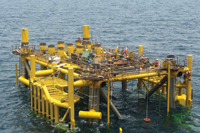

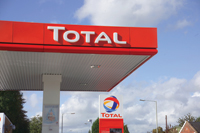
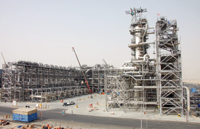

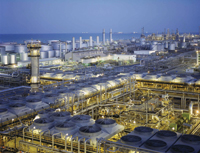

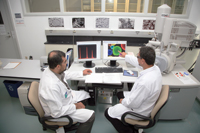

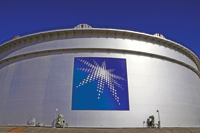



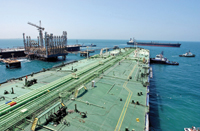
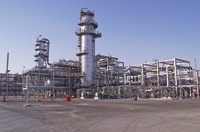

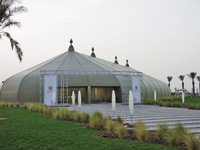

.jpg)
